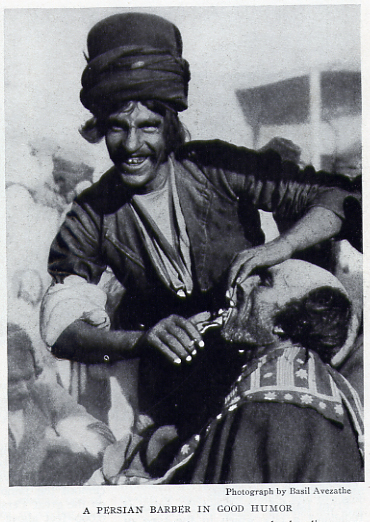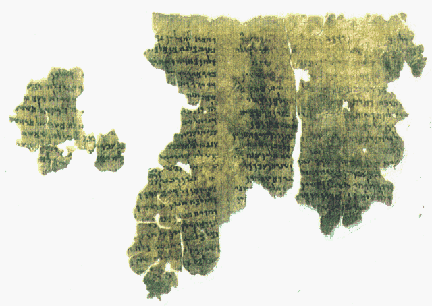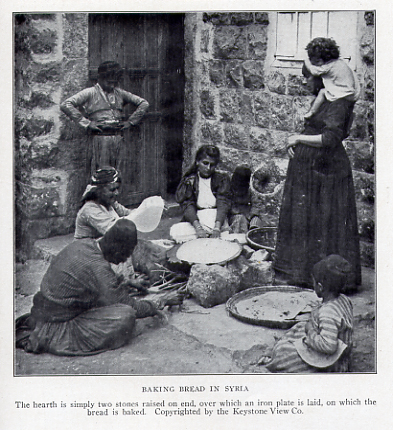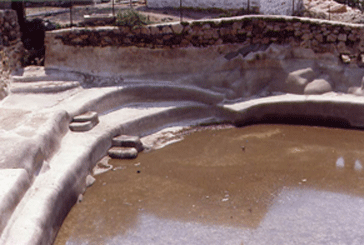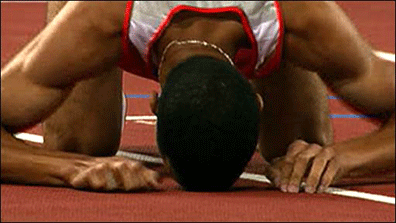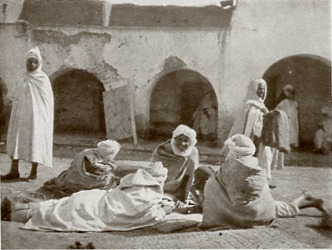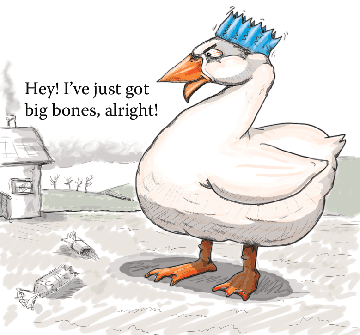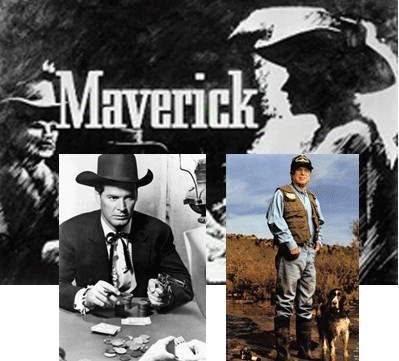
John McCain is running for President as the maverick, not any old maverick but “the” maverick frozen in American popular culture. The original Maverick was an ABC television show that ran from 1958-1962, starring James Garner as an inveterate (rather than a veteran) and not very chaste gambler. You have probably seen some of the reruns even if you did not see it in your living room (as I did) almost a half century ago, and, of course, you can always go to You Tube. Here is how the nostalgia site for the show describes the Black and White version of the Red, White and Blue riverboat gambler:
Maverick told the story of Bret Maverick, a card shark who lived during the Old West era. The show was originally a straightforward tale of his adventures, but it evolved when the writers began adding comedy into the scripts. Bret quickly became the television western’s first mercenary, a character who would help the forces of justice only if he stood to profit from doing so. Continue reading Maverick Rolls the Dice
